
Chapter 3. Chapter 3: Cells
Review & Rehearse

Instructions
Review the visual summaries and answer the essay questions below.
Make sure to enter a brief response that completely answers each question and explains your reasoning. When you click "Submit," you will be provided instant feedback, allowing you to check if your response is correct.
(This activity contains 18 total essay questions. Each new question will be revealed once you complete the preceding question.)
1.


1. What are the key features of a cell?
2.

2. Describe four structural features of prokaryotes.
3.
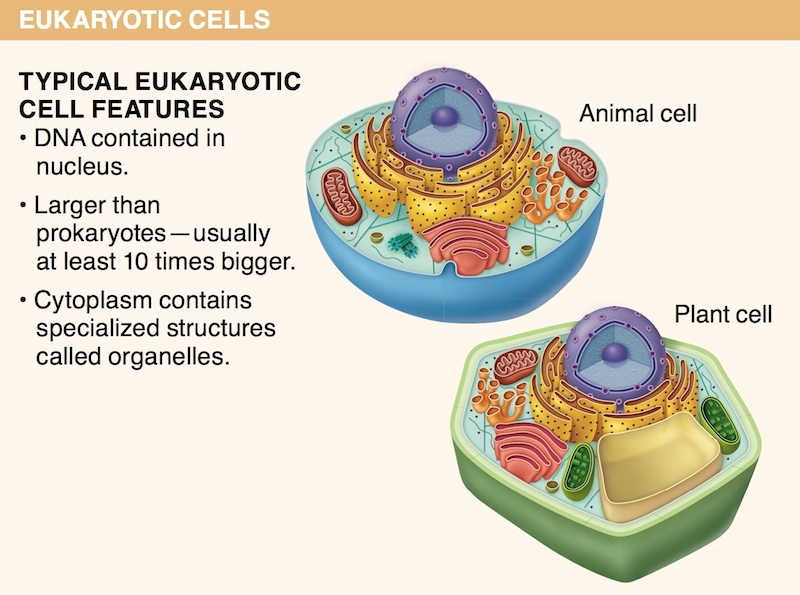
3. Describe two evolutionary mechanisms by which organelles may have originated.
4.

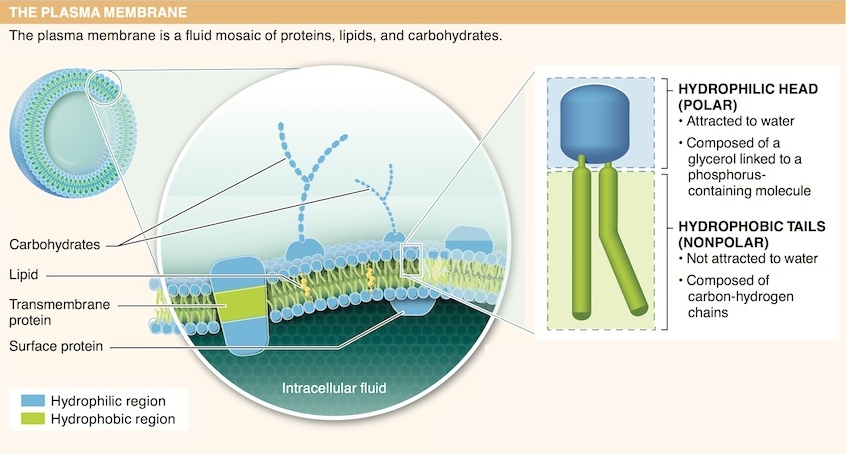
4. Why are phospholipids good membrane material?
5.
5. Why is the plasma membrane referred to as a fluid mosaic?
6.

6. Why do chloride ions accumulate within some cells of individuals with cystic fibrosis?
7.
7. Describe two ways in which HIV is commonly transmitted.
8.

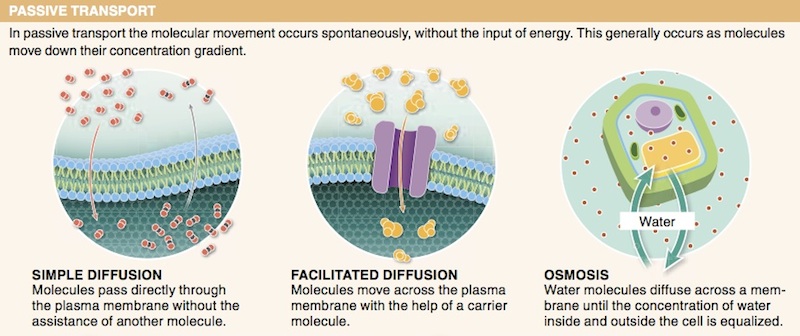
8. Why are osmosis, simple and facilitated diffusion classified as “passive” transport?
9.
9. Describe the movement of water between a cell and a surrounding isotonic solution.
10.

10. Why is energy required for active transport to take place?
11.
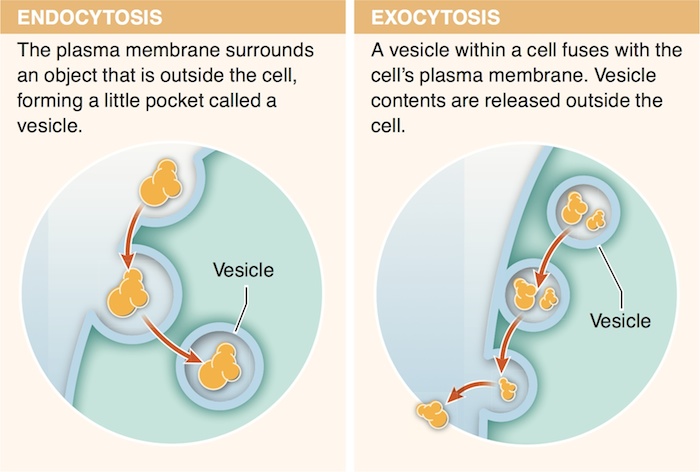
11. Describe the role of the plasma membrane in endocytosis.
12.

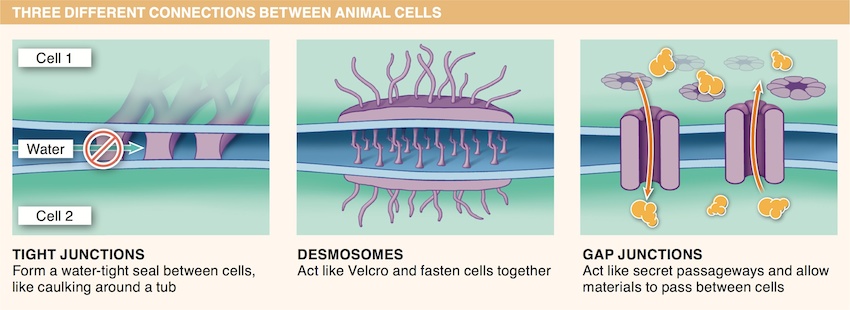
12. Where in the body would you expect to find cells with tight junctions? Why?
13.


13. Describe the two primary functions of the nucleus.
14.
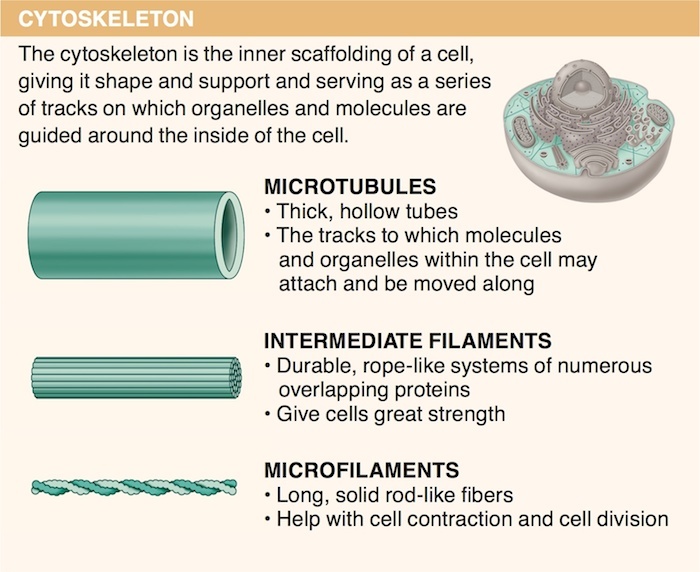
14. Describe the three types of protein fibers that make up the cytoskeleton.
15.
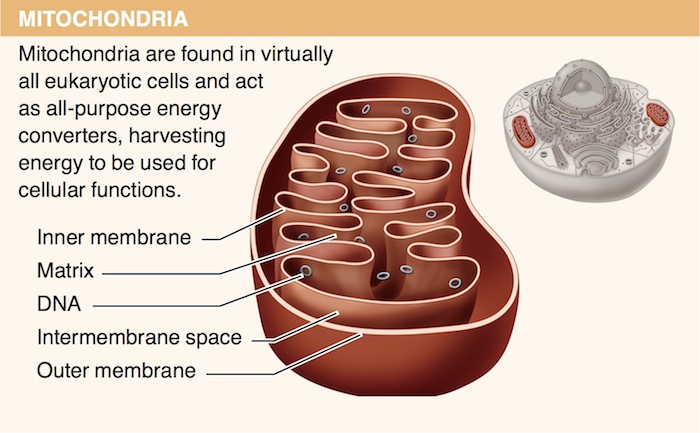
15. Why do mitochondria consume most of the oxygen used by each cell?
16.
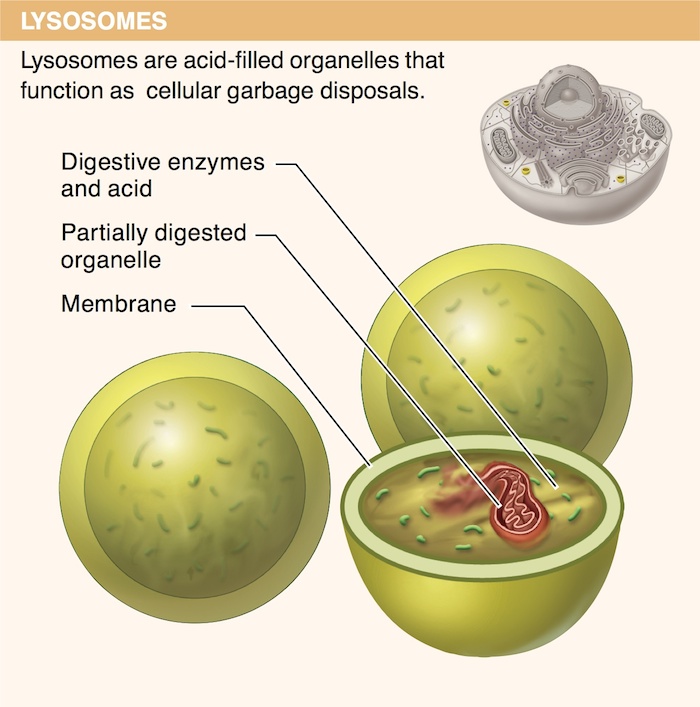
16. Describe how lysosomes function as a cell’s “garbage disposal.”
17.

17. Why do liver cells contain more smooth ER than most other cells?
18.
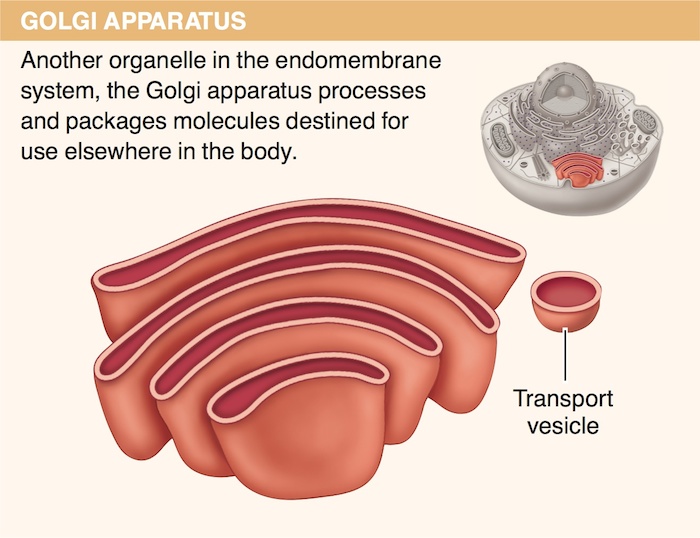

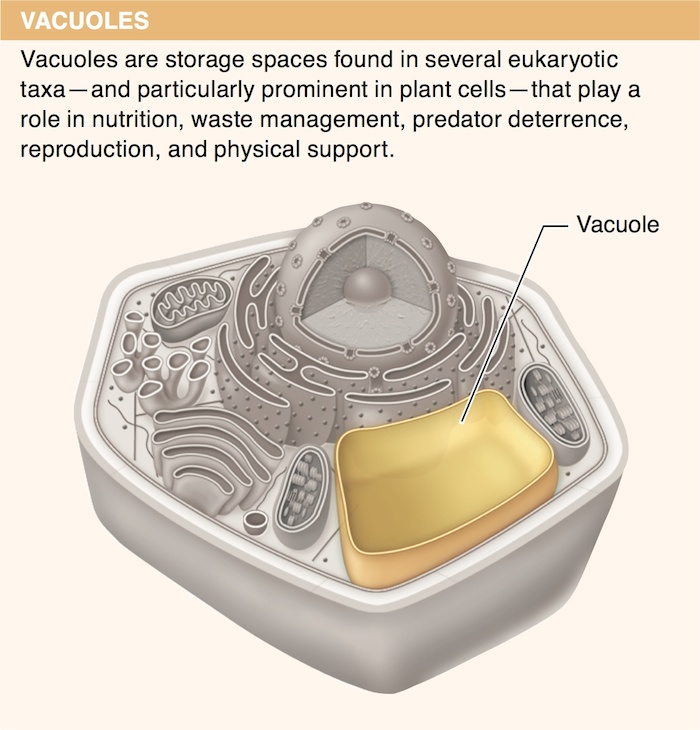
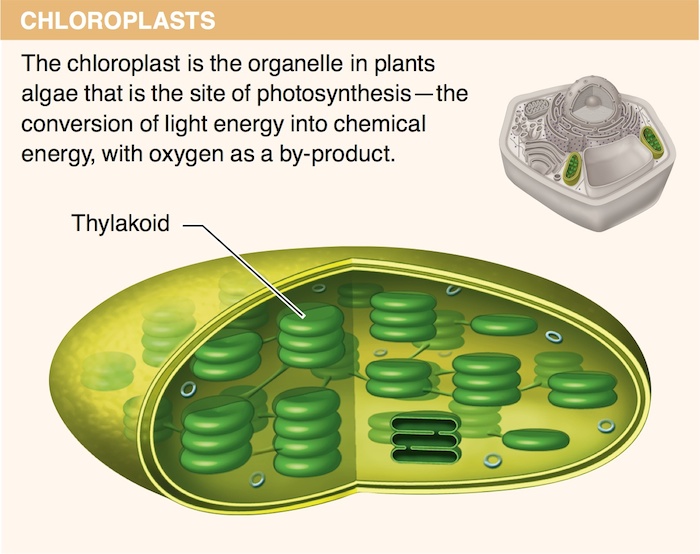
18. Name two molecules that are synthesized in the cell and packaged by the Golgi apparatus.
Activity results are being submitted...